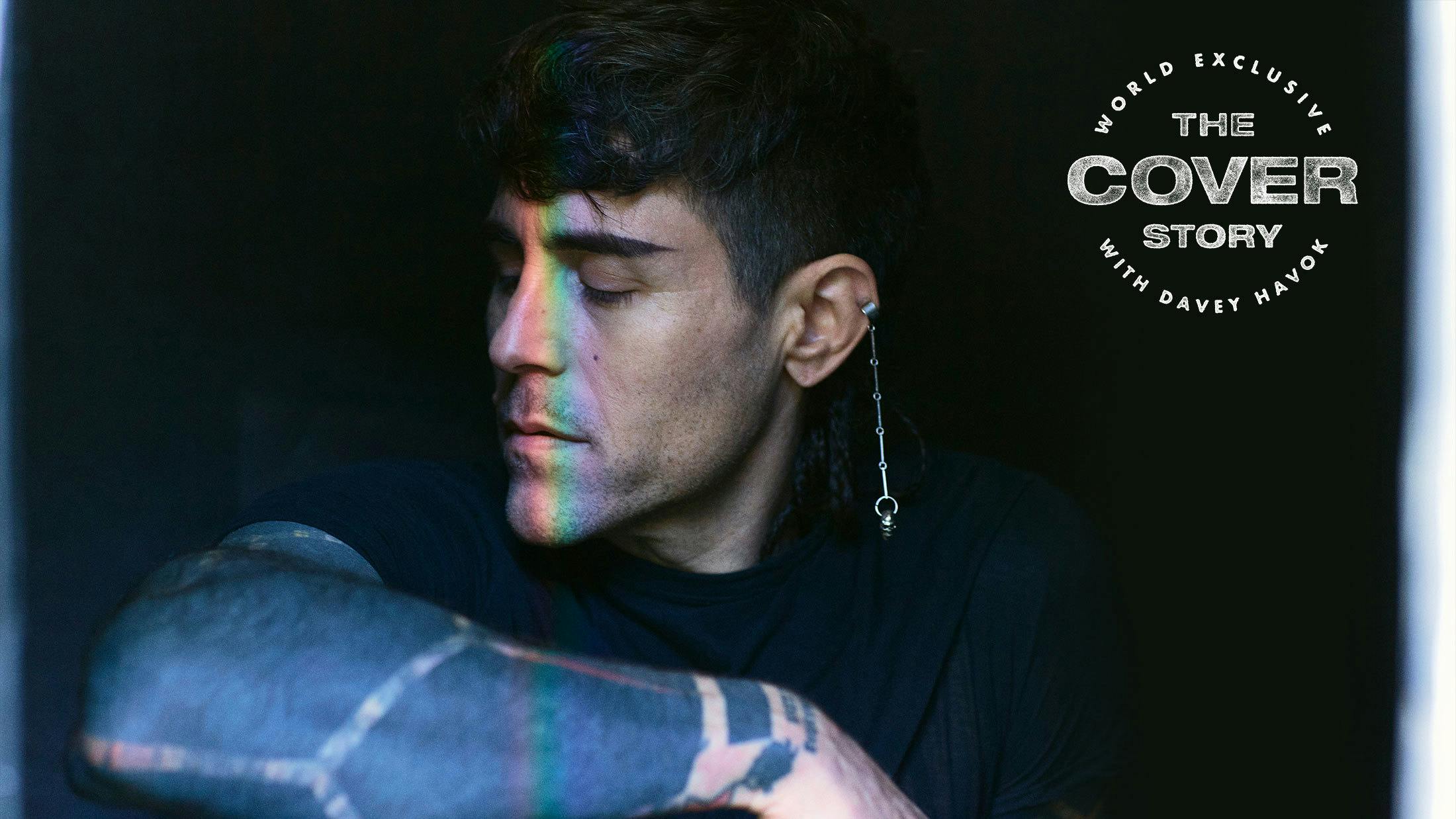It’s also not too far from where Davey first experienced LA as a child. Growing up in Sacramento, 400 miles to the north, the main musical talking point was that the city was home to the first Tower Records. On a visit to family in LA, however, he found things were much different. Firstly, they had MTV, where the glitter of the city featured prominently. Secondly, this stuff was real, and it was on these people’s doorstep.
“When my family caught on to really what I was into in LA, they were like, ‘Oh, we have to take him to Melrose,’” he remembers. “Back then it was all new-wave and punk, and there was a store called Retail Slut, and you went in there and they had punk couture and jewellery and it was right there in real life. Which sounds so ridiculous now, where now you can go on Amazon and order a studded belt, but that was impossible in the ’80s! The streets in LA were covered in these punks and alternative people, and I remember being driven around by my family, and the radio being on, and The Go-Gos being on the radio, and even as a child I felt like I was really immersed in it. I was in it, I was around it, I was almost part of something that I could really relate to, even in a very non-specific way. Simply by being here and being around it is elevating, in some sort of emotional way.”
Stirred, Davey always felt that, at some point, he’d move to LA. As he grew older and became involved in the East Bay punk scene, however, the cultural divide between Northern California, which traditionally looks down on the excess of its southern neighbour (“It’s the difference between Metallica in San Francisco and Mötley Crüe in LA”) saw this idea go on the back burner. But something of a draw remained. When he finally moved in properly a decade ago, he found that while some of the scenery may have changed, the city itself hadn’t, in both its glory and its darkness.
“It doesn’t take long or much interest in the arts to recognise the darker side of Los Angeles,” he says. “The entertainment industry that drives Los Angeles, that side of it can be very ravenous and very unapologetic and very cruel. It’s very evident when you’re here and you’re part of it. But there is a great allure to the city and that dichotomy adds to the allure. It creates a balance and it creates a sort of non-duality within the duality.”
